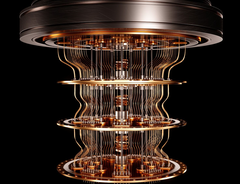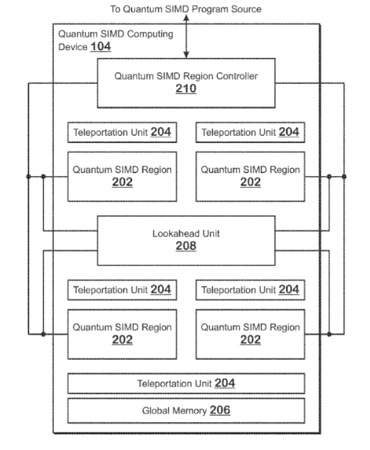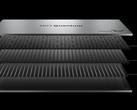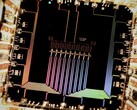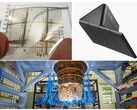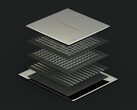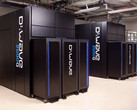Even though scientists from Google, IBM and some Chinese institutes already managed to achieve “quantum supremacy” with computers that integrate more than 50 qubits to greatly increase processing power for certain calculations that take months or even years to resolve on conventional transistor-based processors, quantum computers are still considerably less efficient and very unstable. Nevertheless, quantum computing is an area with great potential, and AMD looks to be one of the latest companies to embrace this technology. A recent patent filed by Team Red not only shows that the company is interested in developing quantum computers, but also outlines a new quantum teleportation approach based on Single Instruction Multiple Data (SIMD) controllers that could solve the efficiency and stability problems with the current architectures.
In order to surpass conventional computers, quantum computers apparently need at least 53 qubits, and the stability is ensured by special chambers that keep hardware running at near absolute zero temperatures. Unfortunately, as proved by the Chinese scientists, scalability above 53 qubits becomes a problem due to increased stability issues. The quantum teleportation model proposed in the AMD patent aims to improve the scalability and stability issues by reducing the number of qubits required for particular calculations. Titled "Look Ahead Teleportation for Reliable Computation in Multi-SIMD Quantum Processor," the patent presents an architecture that makes use of quantum SIMD regions, each with its own teleportation unit. Instead of relying on in-order execution queues that render certain qubits idle until they receive instructions from other qubits, the SIMD regions are able to process commands in an out-of-order fashion, greatly improving performance through parallel computations across all qubits.
The out-of-order queues are handled by a look-ahead unit that analyzes the workload and predicts which commands can or cannot be executed in parallel. It then distributes the workload across all qubits using a quantum-entanglement-based teleportation technique. This way, instructions that are not dependent on previously computed results from an in-order queue can be executed in parallel by teleporting qubits to the required SIMD regions.
AMD does not present a clear explanation on the exact way in which qubits are teleported to the various SIMD regions in the patent. The company is probably concerned that the technique could be reproduced by other companies that are already versed in the intricacies of quantum computing. At least AMD can license the patent to third parties if, for technical reasons, it cannot implement it on its own.




